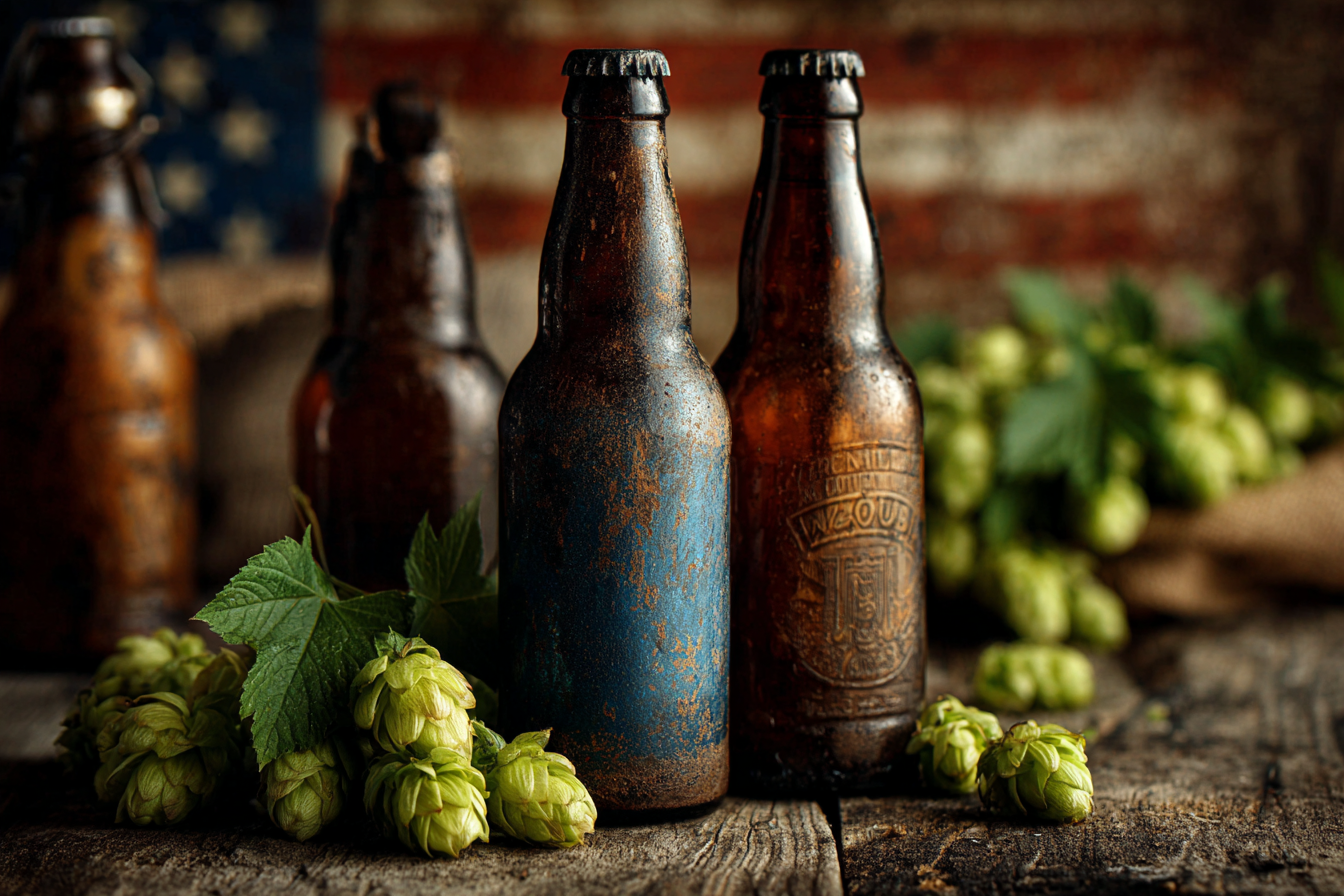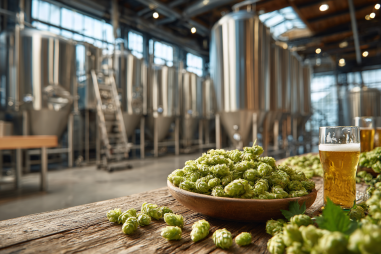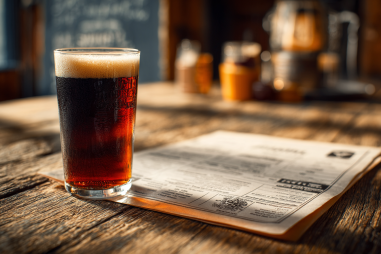American Red Ale is a flavorful and versatile beer style that has carved out a special place within the rich tapestry of American craft brewing. Known for its balanced malt character, moderate hop presence, and inviting reddish hue, this style bridges traditional brewing heritage with modern creativity. Tracing its journey provides insight into how American Red Ale evolved from European ale inspirations into a beloved staple on beer menus coast to coast. Whether you’re an avid craft beer fan or just curious about the story behind your favorite pint, the history of American Red Ale is an engaging tale of innovation, tradition, and community.
Origins and Inspiration from European Ales
American Red Ale didn’t emerge in a vacuum; it has deep roots connected to the classic ales of Europe. Early American settlers brought with them brewing traditions from England, Scotland, and Ireland, where red ales—and their close cousins, the Irish Reds and English Bitters—were commonplace. These beers typically featured a malt-forward profile with bronze to amber color and restrained hop bitterness, designed to satisfy the English palate of the day.
The Irish Red Ale, in particular, is often cited as one of the progenitors of the American Red Ale style. This traditional ale was characterized by its caramel malt sweetness, smooth drinkability, and subtle toasted notes. However, as the brewing scene in the United States began to expand and diversify, these European influences laid the foundation rather than defined the style outright. American brewers embraced these traditional elements and started to experiment, adjusting malt bills, hop schedules, and yeast strains to create something uniquely their own.
Influence of American Craft Brewing Pioneers
The true birth of American Red Ale as a distinct style coincided with the rise of the American craft beer movement in the late 20th century. This era was marked by visionary brewers who were eager to push boundaries and revive the art of brewing with creativity and passion. Pioneers such as Pete Slosberg of the Mendocino Brewing Company and later breweries in California and the Pacific Northwest played an instrumental role.
They took inspiration from the reddish ales of Britain but introduced American hops and more robust malt-forward profiles. This resulted in beers that were bolder, fruitier, and sometimes hoppier than their European predecessors. The American craft brewers’ philosophy emphasized quality ingredients, diverse flavors, and brewing freedom, which set the stage for the American Red Ale to shine.
Major Milestones in the Style’s Development
Throughout the 1990s and 2000s, American Red Ale gained momentum as an identifiable and popular style. One milestone was the increasing adoption of the category in beer competitions and style guidelines, like those established by the Beer Judge Certification Program (BJCP). Professional recognition helped solidify its profile and encouraged brewers nationwide to craft their own versions.
Another crucial development was the expansion of craft brewing beyond traditional strongholds. As smaller breweries popped up in the Midwest, South, and other emerging craft scenes, regional variations of American Red Ale began to appear. The style’s adaptability allowed it to evolve, blending local ingredients and brewing techniques while maintaining its signature balance of malt sweetness and hop character.
Changes in Brewing Techniques Over the Decades
Crafting a quality American Red Ale has always hinged on balancing malt and hops, but brewing techniques have advanced over time, refining this balance. Early on, brewers relied heavily on caramel and crystal malts to provide color and sweetness. As brewing science progressed, maltsters developed specialty malts giving brewers creative control over flavor nuances—like biscuit, toffee, and roasted notes.
Hop varieties also played a huge role. The American craft brewing explosion introduced brewers to a wide array of native hop cultivars, such as Cascade, Centennial, and Amarillo, known for imparting floral, citrusy, and piney qualities. Brewers started experimenting with hop additions at different stages—bittering, flavor, and aroma—to fine-tune the bitterness and complexity without overpowering the malt backbone.
Additionally, advances in yeast management and fermentation control have enhanced the smoothness and clarity of these ales, leading to cleaner finishes and more consistent results. Modern American Red Ales often showcase a harmonious interplay of malt richness with moderate hop bite that appeals to both casual drinkers and craft aficionados.
Popularity Trends and Regional Variations
Over time, American Red Ale has enjoyed waves of popularity, often reflecting broader trends in the craft beer market. During the early 2000s, it was one of the go-to styles for newer craft breweries seeking to offer something approachable yet full-flavored—an alternative to both pale ales and stouts. Its reddish hue and balanced taste made it visually appealing and easy to pair with food, further boosting its appeal.
Regional variations began to surface as brewers infused local ingredients and preferences into their recipes. For example:
- Pacific Northwest: Known for intense hop variants, versions here might be hoppier and more citrus-forward.
- Midwest: Tended to focus on malt character, sometimes incorporating caramel and toasted malts to varying degrees.
- East Coast: Often blended traditional European malt styles with American hops, creating a lighter yet aromatic red ale.
This regional diversity helped American Red Ale sustain its relevance, as consumers could find unique local takes alongside more classic renditions.
Impact on Contemporary Craft Beer Culture
American Red Ale has become more than just a beer style; it symbolizes a movement toward revitalizing traditional brewing through a distinctly American lens. It helped carve out a niche for malt-forward styles in a market often dominated by hop-centric IPAs. While IPAs have undeniably garnered widespread attention, American Red Ale remains a favorite for those seeking balance and complexity without intense bitterness.
The style’s influence extends to brewing education and innovation. Many homebrewers and craft professionals view American Red Ale as an ideal platform for experimenting with malt blends and hop combinations. Its approachable flavor makes it an excellent gateway beer for new craft drinkers, helping expand the beer community.
Moreover, American Red Ale continues to feature prominently in beer festivals, taprooms, and seasonal offerings. Its legacy reinforces a broader appreciation for the diversity within craft brewing and serves as a reminder of the rich historical and cultural threads woven into each pint.
Looking Back, Moving Forward: The Legacy of American Red Ale
The story of American Red Ale is one of transformation—from humble European roots to a proudly American reinterpretation shaped by creativity, innovation, and passion. Its journey mirrors the evolution of the craft beer scene itself, highlighting how respect for tradition coupled with a spirit of experimentation can create something truly remarkable.
Today, American Red Ale stands as a testament to the craft breweries that dared to experiment and grow a beer community hungry for new flavors and authentic experiences. Whether enjoyed in a neighborhood pub or a bustling beer festival, this style continues to bridge the past and present, reminding us that great beer is as much about story and culture as it is about taste.







